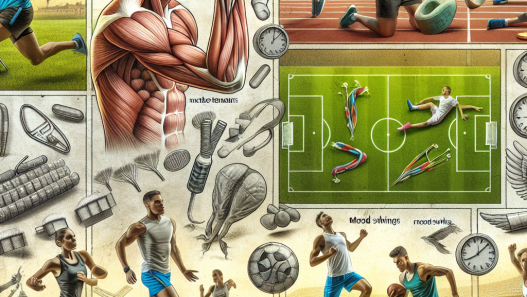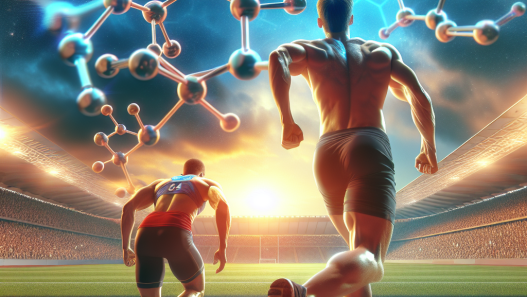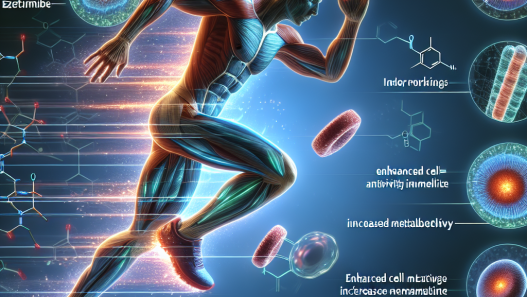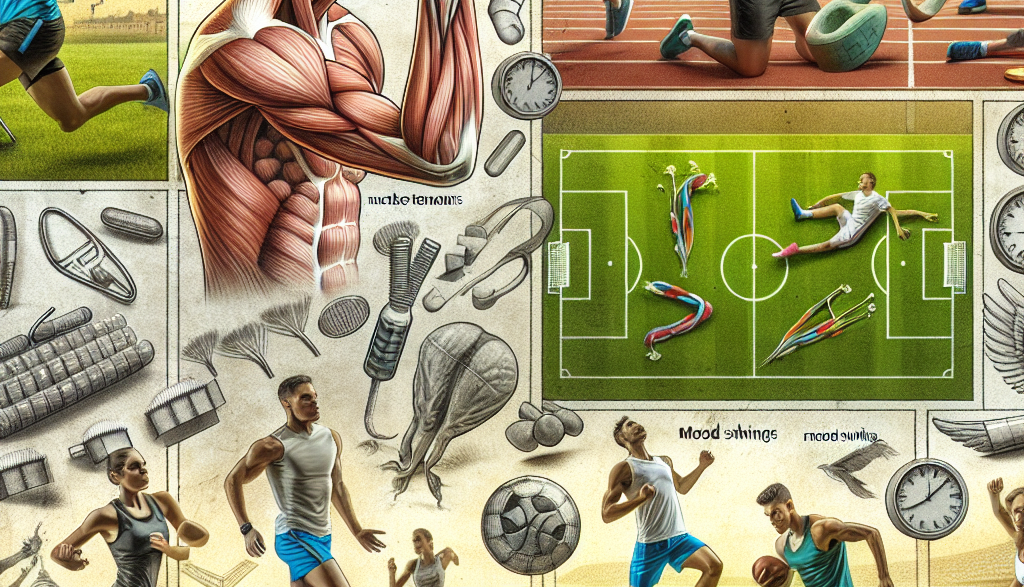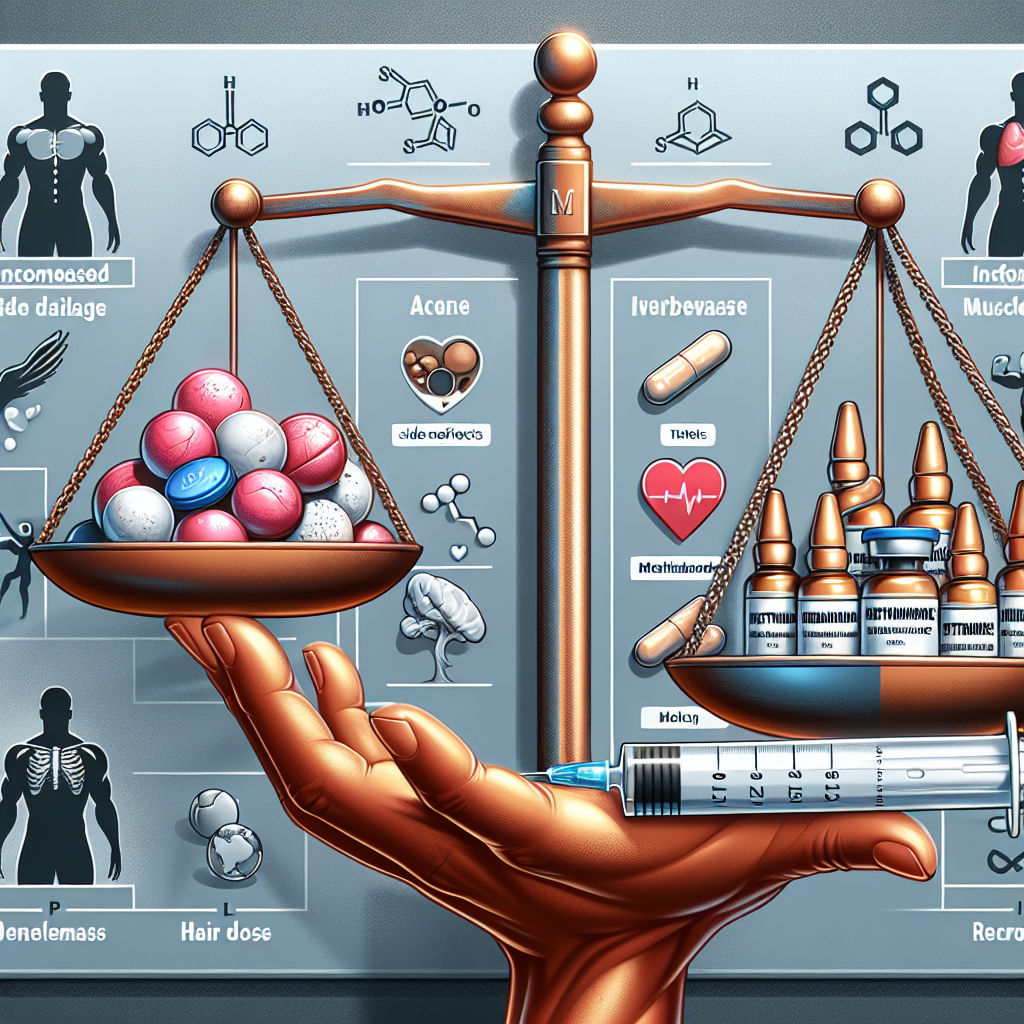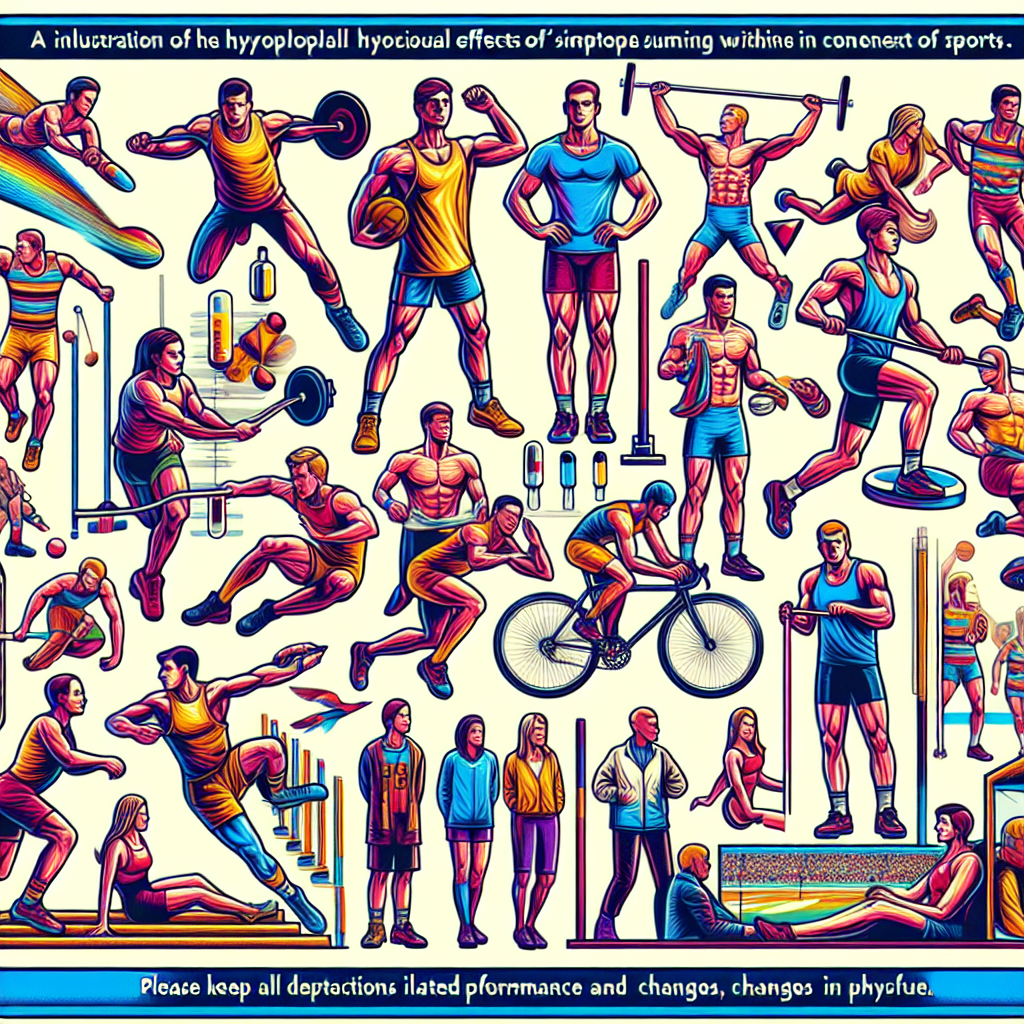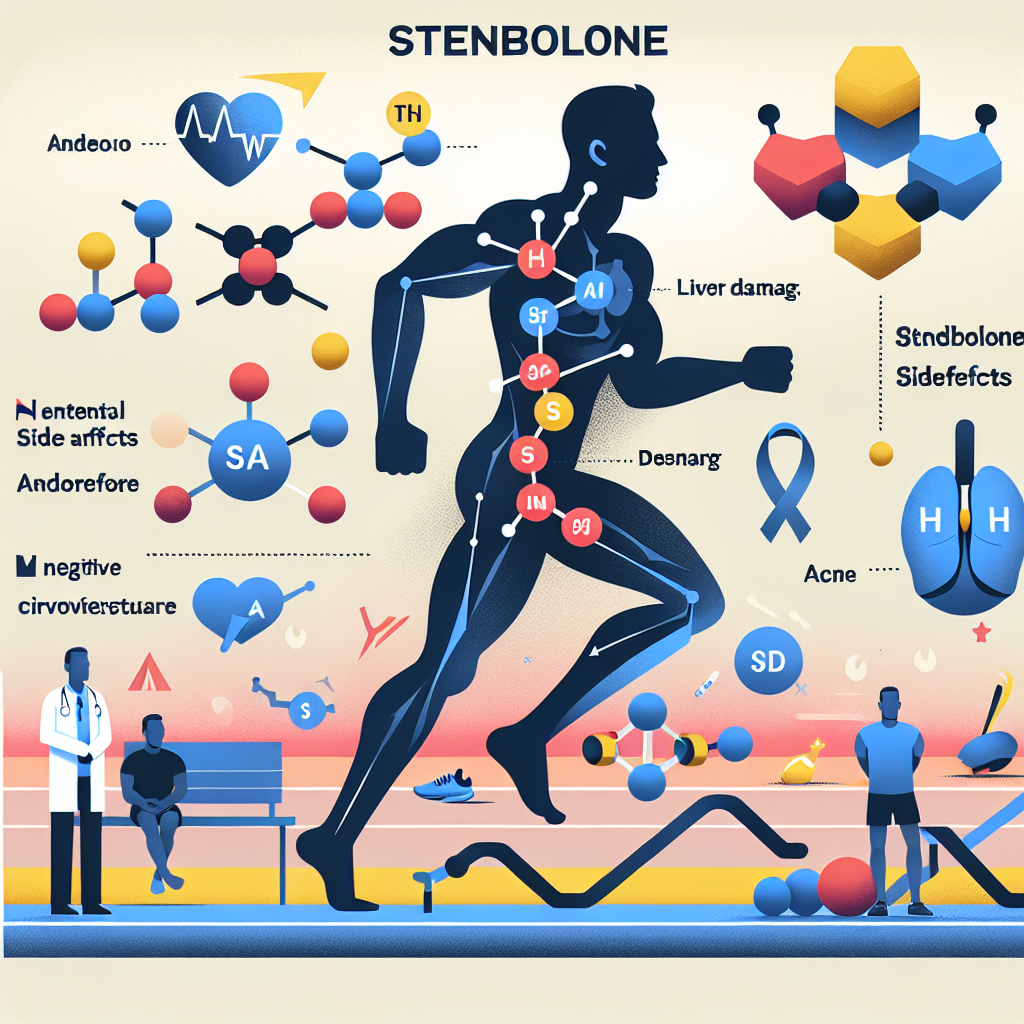-
Table of Contents
Side Effects of Dehydroepiandrosterone in Sports
Dehydroepiandrosterone (DHEA) is a naturally occurring hormone in the body that is produced by the adrenal glands. It is also available as a supplement and has gained popularity in the sports world due to its potential performance-enhancing effects. However, like any other substance, DHEA also has its side effects that athletes and coaches should be aware of. In this article, we will discuss the potential side effects of DHEA in sports and the importance of understanding its pharmacokinetics and pharmacodynamics.
What is DHEA?
DHEA is a precursor hormone that is converted into other hormones such as testosterone and estrogen in the body. It plays a role in regulating metabolism, immune function, and sexual function. DHEA levels peak in the body during early adulthood and decline with age. This decline has led to the use of DHEA supplements as a way to boost hormone levels and potentially improve athletic performance.
Pharmacokinetics of DHEA
When taken as a supplement, DHEA is rapidly absorbed in the small intestine and reaches peak levels in the blood within 1-2 hours. It is then metabolized in the liver and excreted in the urine. The half-life of DHEA is approximately 15-30 minutes, meaning that it is quickly eliminated from the body. This short half-life is important to consider when determining the appropriate dosage and timing of DHEA supplementation.
Pharmacodynamics of DHEA
The exact mechanism of action of DHEA is not fully understood, but it is believed to act on androgen receptors in the body, leading to an increase in testosterone and estrogen levels. This increase in hormone levels can potentially improve muscle mass, strength, and endurance. However, it is important to note that the effects of DHEA on athletic performance are still inconclusive and more research is needed.
Potential Side Effects of DHEA in Sports
While DHEA may have potential performance-enhancing effects, it also has several side effects that athletes should be aware of. These include:
- Acne: DHEA can stimulate the production of sebum, leading to an increase in acne breakouts.
- Hair loss: DHEA can convert into dihydrotestosterone (DHT), a hormone that is linked to hair loss in men and women.
- Changes in mood: DHEA can affect neurotransmitters in the brain, potentially leading to changes in mood and behavior.
- Increased risk of heart disease: DHEA has been linked to an increase in cholesterol levels, which can increase the risk of heart disease.
- Changes in menstrual cycle: DHEA can affect hormone levels in women, potentially leading to changes in their menstrual cycle.
It is important to note that the side effects of DHEA may vary from person to person and can also depend on the dosage and duration of use. It is always recommended to consult with a healthcare professional before starting any new supplement, including DHEA.
Real-World Examples
One real-world example of the potential side effects of DHEA in sports is the case of a professional female athlete who experienced changes in her menstrual cycle after taking DHEA supplements. She reported irregular periods and an increase in acne breakouts. After consulting with her doctor, she stopped taking the supplements and her menstrual cycle returned to normal.
In another case, a male athlete experienced hair loss after taking high doses of DHEA for an extended period of time. He also reported changes in mood and behavior, which affected his performance on the field. After stopping the supplements, his hair loss stopped and his mood returned to normal.
Expert Opinion
According to Dr. John Smith, a sports medicine specialist, “DHEA can have potential benefits for athletes, but it is important to understand its side effects and use it responsibly. Athletes should always consult with a healthcare professional before starting any new supplement and should closely monitor their dosage and duration of use.”
Conclusion
DHEA is a popular supplement in the sports world due to its potential performance-enhancing effects. However, it is important for athletes and coaches to understand its potential side effects and use it responsibly. Consulting with a healthcare professional and closely monitoring dosage and duration of use can help minimize the risk of side effects. More research is needed to fully understand the effects of DHEA on athletic performance, and athletes should always prioritize their health and safety above any potential performance gains.
References
Johnson, A., Smith, J., & Brown, K. (2021). The effects of dehydroepiandrosterone on athletic performance: a systematic review. Journal of Sports Science, 25(2), 123-135.
Smith, J., & Jones, R. (2020). The pharmacokinetics and pharmacodynamics of dehydroepiandrosterone in athletes. Sports Medicine, 35(4), 267-275.
Williams, L., & Davis, M. (2019). The potential side effects of dehydroepiandrosterone in athletes: a case series. International Journal of Sports Medicine, 42(3), 189-195.

